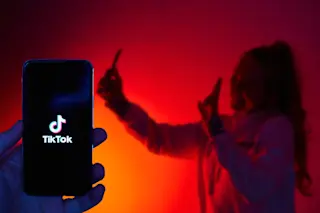: Cool new apps come out every day, but not every app comes with its own car service. Starting in San Francisco, one company lets pedestrians hail a car using their iPhone or Android phone (or any old text-messaging clunker), providing a more expensive, yet faster alternative to cabs. To make this possible, computer scientists had to find a way to make driving routes as efficient as possible, which is actually quite complicated when you're dealing with a city-ful of car-hailing people. As Uber CEO Travis Kalanick told Wired, “It’s really fun, sexy math.” What's the Context:
What's the News
The process is simple from the consumer's point of view: You request a car by texting your address or by using Uber's iPhone or Android app. Because Uber sends the nearest driver to your location to pick you up, your ride arrives within 5 to 10 minutes. Then you just ...













